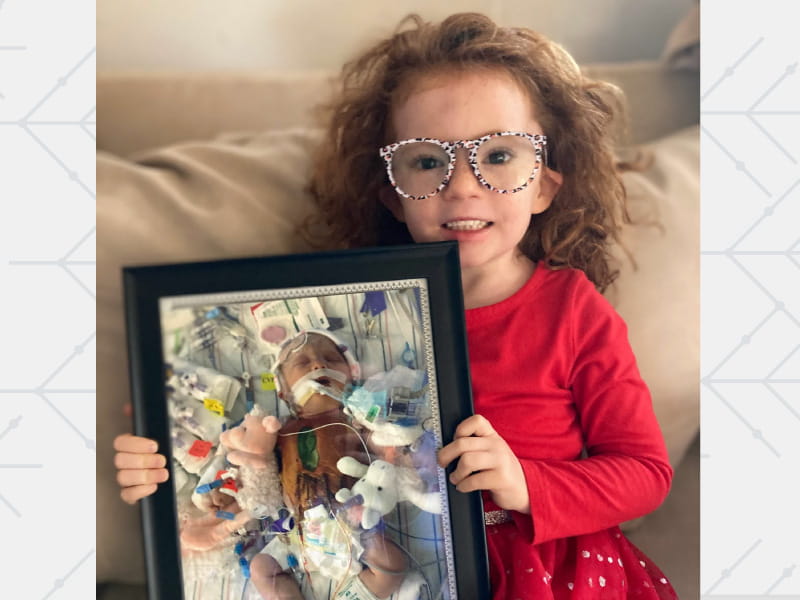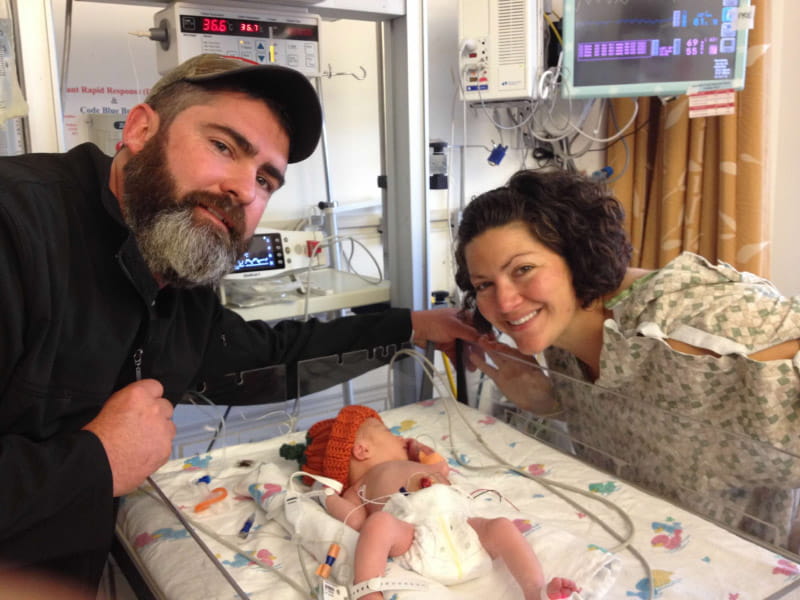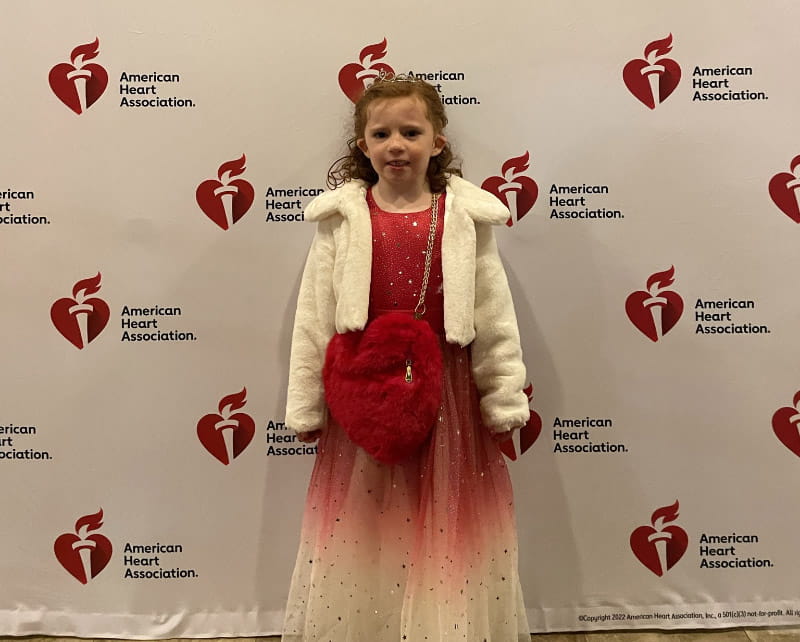6-year-old was born with a heart defect. Here's what her parents tell her every night.
By Lindsey Giardino, American Heart Association News

When Stephanie Jenness found out she was pregnant with her third child, she and her husband, Dan, were ecstatic. They started preparing for life as a family of five, even purchasing a minivan.
Stephanie's pregnancy was mostly smooth. There was a brief scare when a test showed a possible problem with the baby's chromosomes. However, that turned out to be a false alarm. And when baby Corey arrived at a hospital in Rhode Island, she passed all the newborn screenings, despite weighing only 4 pounds, 11 ounces.
In the maternity ward, Stephanie was enjoying some snuggles and early bonding with Corey when a nurse visited them. The nurse noticed Corey's gums and nailbeds were blue. She took the newborn to the nursery for further observation.
Soon, Stephanie was being wheeled into a conference room. Doctors broke the news: Corey was born with tetralogy of Fallot with pulmonary atresia – a complex congenital heart defect.
Four hours ago, her baby was healthy, Stephanie thought to herself. But now, Corey needed to be transferred to a hospital in Boston. Stephanie and Dan looked at their helpless infant in her hospital cot, wearing a tiny outfit with a pumpkin hat. (It was October 2017.) All they could do was cry, pray and hope for the best.
Corey had her first open-heart surgery at 5 days old. It took a month for her to be healthy enough to go home.

What should've been a milestone wasn't. Corey was soon drinking less and sleeping more. By the time Stephanie and Dan took her back to the hospital, her oxygen level was dangerously low. Both these issues stemmed from her needing a new pulmonary valve.
Because she wasn't eating well, Corey was put on a feeding tube. Her low oxygen resulted in her being hooked up to oxygen full time.
Corey was on both a feeding tube and oxygen from January until August 2018. That's when her medical team said she'd need another heart surgery to put a valve in.
The surgery made a huge difference. Corey began showing interest in food, laughing and babbling to her brothers, Wyatt and Jacob.
Corey's improvement was so profound that Stephanie and Dan felt like they were no longer in "survival mode."
"Over the years, as Corey starts to acknowledge and understand that she has a heart condition and she's different, she's proud of her scar," Stephanie said.

Now 6, Corey wakes up every day to a photo of herself on her bedroom wall. In it, she's in a hospital cot with a hole in her chest and tubes and bandages galore.
"They fixed my heart," Corey said.
That strong heart is something Corey and her parents think about every night.
After putting on her favorite pajamas, brushing her teeth and crawling into bed for one of her favorite bedtime stories – picture books about heart defect survivors – Corey hears affirmations from the ones who love her most.
"We always say at nighttime during prayers, 'You are strong, you are brave, you are beautiful, you are powerful,'" Stephanie said. "She knows she's different from her peers, but she's still a strong and powerful little girl. I want her to always know that. I don't ever want her to see her heart defect as a disability; I want her to use it as a strength."

Stories From the Heart chronicles the inspiring journeys of heart disease and stroke survivors, caregivers and advocates.





